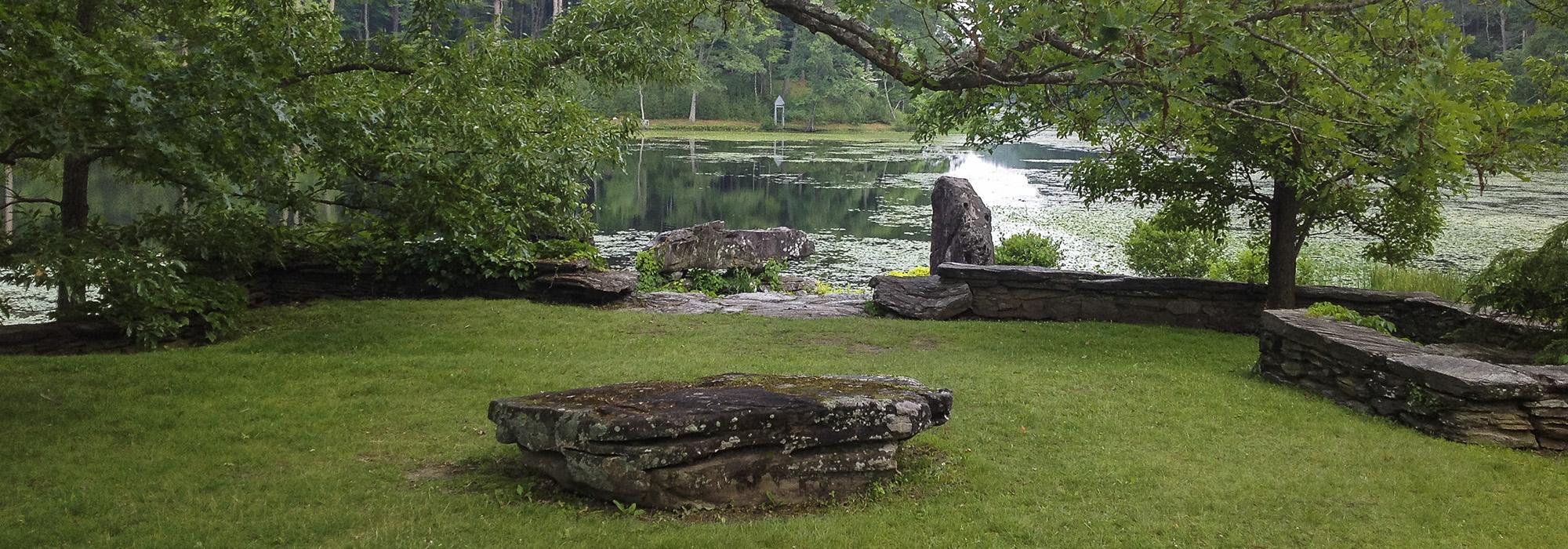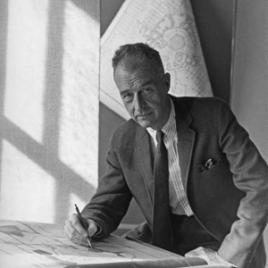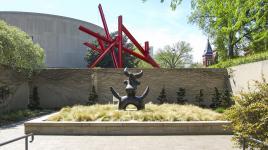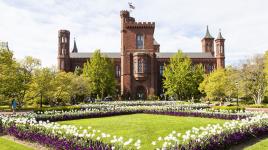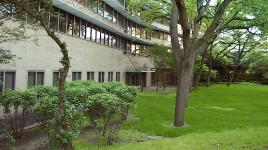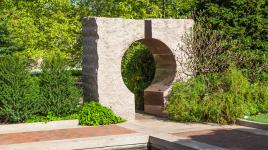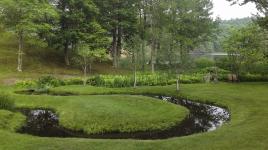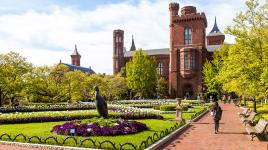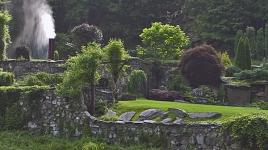Pioneer Information
Collins was born and raised in New Jersey. In 1938 he earned a degree in English from Harvard University, then traveled in the Far East with fellow student John Ormsbee Simonds. Collins then pursued a master’s degree in landscape architecture, also from Harvard, graduating in 1942. He served in the British Eighth Army from 1942 to 1945 and then returned to Harvard from 1945 to 1953, first as a professor of landscape architecture and then as dean. In 1953 Collins traveled to Japan on a Fulbright scholarship, where he collaborated with Japanese scholar Fuku Ikawa in producing an English translation of the ancient Japanese garden book Sensai Hisho. That same year Collins partnered with architect Walter Gropius to develop the Michael Reese Hospital in Chicago, where he pioneered healing gardens.
Collins settled in Washington, D.C., in 1954, and in 1955 joined the Pittsburgh, Pennsylvania, firm of Simonds and Simonds as a Washington partner. Collins guided the firm’s development of the Miami Lakes Master Plan during the 1960s, which led the way for a new type of town planning for Florida. Collins continued to consult for the firm when Collins, Simonds and Simonds became Environmental Planning and Design in 1970. His independent projects included the 1977 redesign of the Hirshhorn Sculpture Garden, the Smithsonian Institution's Enid A. Haupt Garden, the John F. Kennedy Center for the Performing Arts, Gunston Hall Plantation in Lorton, Virginia, and the National Zoological Park in Washington, D.C. He also worked with the National Park Service to design 29 small parks along Pennsylvania Avenue, and he assisted regional academic institutions in developing campus plans, including Georgetown University and American University. Perhaps his most celebrated project is Innisfree, in Millbrook, New York, whose development he directed for 55 years. This commission allowed him to express his minimalist ideas and his knowledge of Chinese design principals. Collins was named a Fellow of the American Society of Landscape Architects in 1964. He died at the age of 79 in Sharon, Connecticut.



